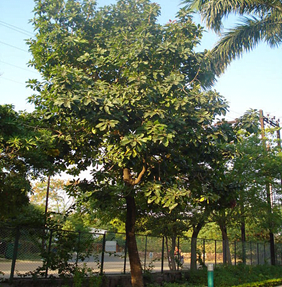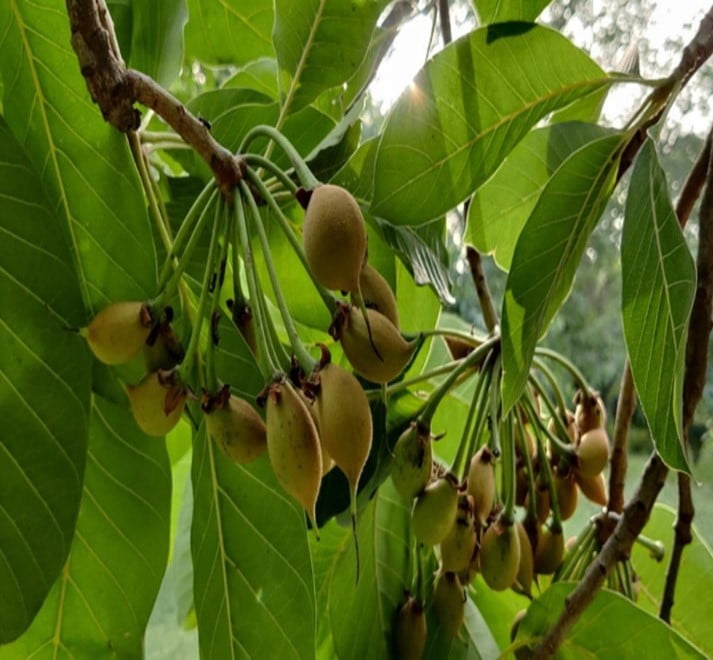Environment & Ecology, History and Art and Culture
Context: The Munda people’s association with the mahua tree begins even before they are born. Would-be mothers are fed a simple chutney made of mahua flowers that is believed to be healthy.
- Mahua is also a part of wedding rituals and mahua liquor is served at the ceremony. From birth, through marriage, till funeral — mahua is intertwined with their cultural life.
About Mahua Tree:


- The Madhuca longifolia is a species of tropical tree native to India that may be found primarily on the plains and forests of the central, southern, and northern parts of the country, as well as in Nepal, Myanmar, and Sri Lanka.
- It is a quick-growing tree that may reach a height of roughly 20 metres, with everlasting or semi-evergreen foliage.
- It grows sporadically in semi-evergreen woods, along riverbanks, and pastures and crop fields in central India.
- It has a short, thick trunk with a diameter of 80 cm.
- The crown has several branches and is circular.
- The leaves are alternating and crowded at the branchlets’ terminals.
- The basic leaf blade measures 10-25 cm in length and 6-12 cm in width, is oval-shaped, stiff, thick, and hard, woolly on the underside, and exudes a milky sap when broken.
Madhuca longifolia: Uses
- Several different portions of the tree, particularly the bark, are utilised for the therapeutic benefits they possess. Patients with diabetes in Nepal are given a decoction made from the tree’s bark.
- mahua is omnipresent from food to fodder, dawaa (medicine) to daaru (alcohol) in daily lives tribals of central India. In their own words, ‘Mahua is not a tree, it’s our way of life’.
- Leprosy is often treated using a medicinal extract made from the tree’s bark.
- The oil that is extracted from the seeds is utilised in the treatment of a variety of skin conditions.
- The seed cakes that are left over after the oil has been extracted make for excellent fertiliser.
- The flowers are thought to provide a calming, tonifying, and demulcent effect. They are employed in the therapy of coughs, colds, and bronchitis, among other conditions.
- The succulent, sugary flowers can be consumed as fresh or dried, powdered and baked with flour, fermented to produce alcohol, or used as a sweetener.
- Given its non-toxicity, the inhabitants of Western Odisha rely heavily on mahua fruit as a primary source of nutrition.
- Its fruits and blooms are used in the preparation of a wide variety of delicious foods.
- When there is a grain shortage in the local region, a mixture of mahua flowers and sal seeds is cooked together to make a dish that may be used as a substitute for grain staples.
Source: DownToEarth













